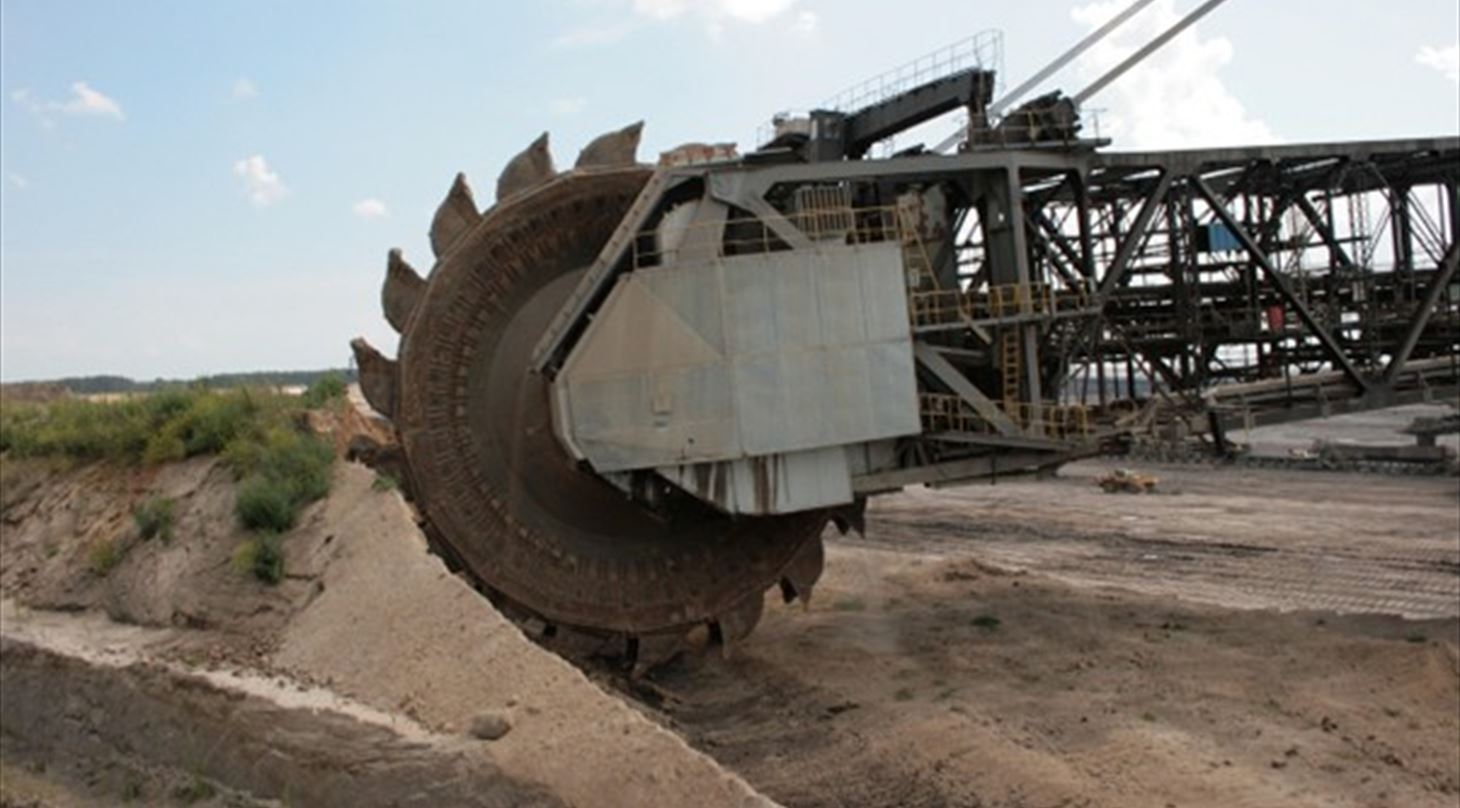
ECem: Electrification of cement production for significant CO2 reduction
Electric heating is set to revolutionize the cement industry and dramatically lower CO₂ emissions.
Cement production accounts for about 4% of Denmark's total CO₂ emissions and 7–8% globally. A large share of these emissions comes from the energy-intensive calcination process, where limestone is broken down into calcium oxide at high temperatures.
Project purpose
The ECem project is developing and testing two new electric heating technologies—infrared and inductive heating—as alternatives to fossil fuels in cement production. The goal is to electrify key processes, reduce CO₂ emissions, and strengthen the industry's green transition.
Innovation Highlights
- Electrification of the calcination process with potential for integration with CO₂ capture.
- Prototypes for infrared and inductive heating are being tested in collaboration with industry partners.
- Advanced material characterization using Big Science facilities such as neutron and synchrotron sources to ensure end-product quality.
Project Facts
The project is led by FLSmidth Cement and the Danish Technological Institute, and is carried out in collaboration with Helmholtz-Zentrum Dresden-Rossendorf, Aalborg University, Cementos Argos, and European Energy. The Innovation Fund contributes DKK 20.9 million to the total project budget of DKK 27.9 million.
- Duration: September 1, 2024 – February 28, 2028
- Official Title: ECem – Electric Calciner Technologies for Cement Plants of the Future